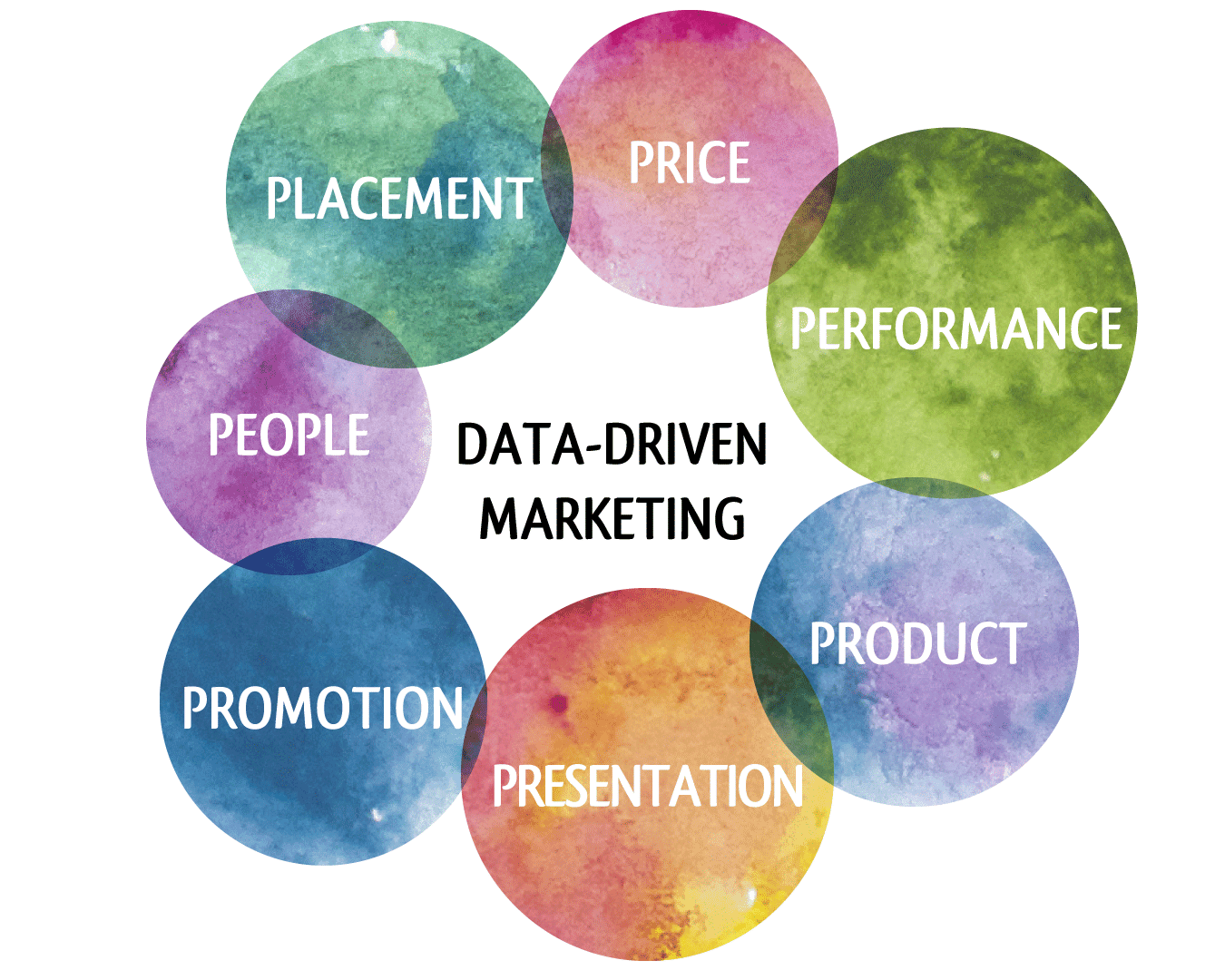Last month, we promised you more e-commerce strategies for 2019. Before we dig into social media marketing, customer loyalty programs and return policies, let’s talk about your foundation.
In 1960, Harvard business professor E. Jerome McCarthy identified the four p’s of marketing (source). These four foundational principles are: product, price, placement and promotion. These principles remain relevant to modern day marketing. In fact, we at Ironbridge suggest adding more p’s: people, performance (e.g. ROI, profitability) and presentation.

What has changed in the last 60 years is how marketers make decisions and ultimately implement the seven p’s. In 1960, marketers relied on focus groups and anecdotes from their customers to shape strategy. Today, particularly in e-commerce, marketers have enormous amounts of consumer data to make decisions that are fine-tuned to their customers’ needs.
In a report produced by Forbes and Oracle entitled “Data-Driven Marketing: Push Forward or Fall Behind,” the authors note “This full immersion in data and analytics … shows how quickly brands and agencies have recognized the potential benefits and rushed to replace outdated ‘gut feel’ decision making with quantifiable research.” (Click here to download the full report). In fact, their research found that 74% of respondents from the consumer and retail sector reported using data-driven marketing strategies for either the majority or all of their campaigns. Are you?
You’re likely already familiar with the “p’s” of marketing. But we want to do a deep dive on how data can help you make marketing decisions at every turn (or, every ‘p’).
Stick with us for the next few months and we’ll drill down on product, price, place, promotion, people, performance, presentation–all from the lens of data-driven marketing. We’ll show you how Ironbridge can get you access to this data and drive your marketing. If you haven’t already signed up for our email list, click here.
In the meantime, we’d love to hear from you! Tell us which p you’re making data-driven decisions around. Or, is there a ‘p’ you’d like to refine using data? Please sound off in the comments!
Written by Kim Kelly Consulting






